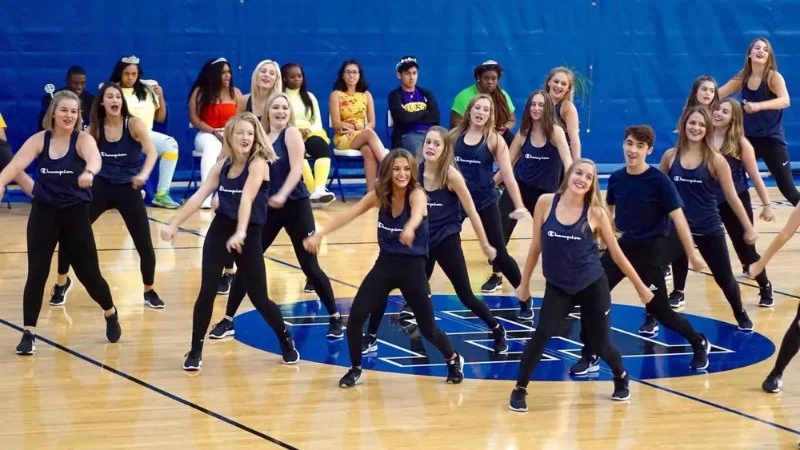
- what-are-high-school-dance-offs
- do-american-high-schools-have-dance-offs-in-real-life
- how-dance-offs-fit-into-high-school-culture
- famous-examples-of-dance-offs-in-us-schools
- why-dance-offs-are-more-than-just-fun
- how-american-dance-academy-supports-student-dancers
1. What Are High School Dance-Offs?
Dance-offs are energetic, often competitive events where individuals or groups take turns showing off their dance skills, usually in front of a cheering crowd. Think of them as friendly battles on the dance floor—equal parts athleticism, rhythm, creativity, and charisma. In American pop culture, dance-offs are frequently dramatized in movies like *Step Up* or *High School Musical*, but they also exist in real-life school settings, albeit in slightly less choreographed forms.
They can range from spontaneous lunchtime challenges in the cafeteria to organized showcases during pep rallies, talent shows, or school-sponsored competitions. At their core, dance-offs are an outlet for expression, school spirit, and community bonding—especially in high schools where the arts are celebrated alongside academics and sports.
2. Do American High Schools Have Dance-Offs in Real Life?
The short answer is: yes, they do—though not in the dramatic, slow-motion way you might see on TikTok or in teen movies. In real American high schools, dance-offs do happen, but their format and frequency vary widely depending on the school culture, administration, and student interest.
In some schools, especially those with strong performing arts programs or dance teams, dance-offs are regular events—hosted during halftime at basketball games, as fundraisers, or part of annual talent shows. In others, they might be more impromptu, student-led moments that gain traction through social media or school buzz.
According to a 2022 school spirit survey conducted in Illinois, nearly 31% of public high schools reported hosting at least one informal or formal dance competition among students in the previous academic year. While that doesn’t mean every school has them, dance-offs are far from being fictional. They’re alive and well—and growing in popularity thanks to platforms like Instagram Reels and YouTube Shorts.
3. How Dance-Offs Fit Into High School Culture
High school culture in the United States is shaped by diversity—of interests, personalities, and talents. Dance-offs often become a unique space where athletes, theatre kids, band members, and even shy introverts find common ground. It's not just about technical dance skill; it’s about confidence, teamwork, and expression.
Dance-offs often happen in tandem with other cultural pillars like homecoming week, spirit week, or battle of the classes. In these contexts, they serve as tools for team bonding and class pride. At times, they’re even used to settle light-hearted rivalries between grades—seniors vs. juniors, or the cheer team vs. the marching band.
What’s striking is how inclusive these events can be. Whether someone is trained in hip-hop or just enjoys freestyle moves at parties, dance-offs create room for participation and creativity. That’s why many educators today support their inclusion in school events as a way to boost morale and student engagement.
4. Famous Examples of Dance-Offs in U.S. Schools
One notable case happened at a high school in Atlanta, Georgia, where a lunchtime dance battle between a student and a math teacher went viral on TikTok in 2023. The clip racked up over 10 million views and led to the school creating a monthly “Freestyle Friday” competition. It became so popular that local news stations picked up the story.
Another example comes from a California high school that incorporated a “Class Dance Battle” into their annual winter pep rally. Each grade performed choreographed routines, judged by staff members. The winning class earned free dance tickets. What started as a small competition quickly turned into one of the school’s most anticipated events of the year.
These examples highlight how dance-offs can spark joy, build community, and sometimes even land students a bit of internet fame.
5. Why Dance-Offs Are More Than Just Fun
Beyond the entertainment value, dance-offs offer significant personal and educational benefits. They promote:
Physical activity: Especially important in an age of screen-heavy routines.
Confidence-building: Getting on a stage (or gym floor) in front of peers takes courage.
Creative expression: Dance allows students to showcase identity, culture, and personality.
Social bonding: These events build bridges between cliques, grades, and even students and faculty.
In fact, some schools use dance-offs as part of wellness weeks or social-emotional learning (SEL) initiatives. It’s a powerful reminder that movement and expression are not just recreational—they’re essential to student well-being.
6. How American Dance Academy Supports Student Dancers
If you or your child is passionate about dancing and wants to sharpen skills for the next school dance-off or beyond, American Dance Academy is a fantastic place to start. With professional instructors, structured programs in hip-hop, jazz, breakdance, and freestyle, the academy helps students of all levels gain confidence and stage presence.
What sets American Dance Academy apart is its focus on performance readiness, creativity, and team dynamics—all qualities that shine in school dance competitions. Whether you're preparing for your first battle or just want to move with more rhythm, the academy offers training that fits your goals and personality.
Countless students have turned casual hallway routines into performances that captivate crowds—all thanks to the foundation they built at American Dance Academy.
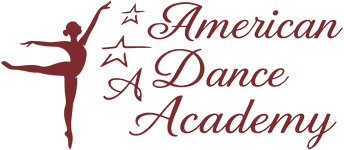
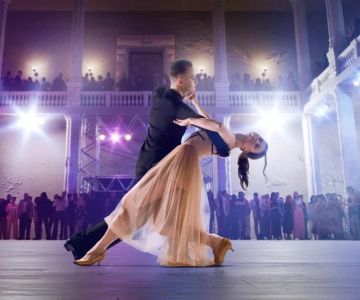
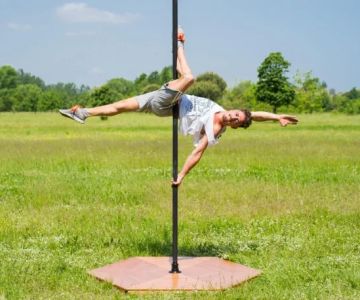
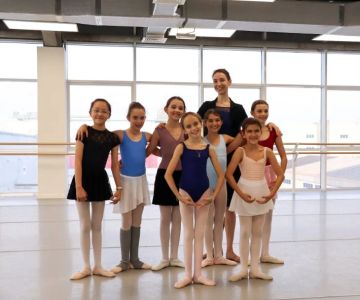
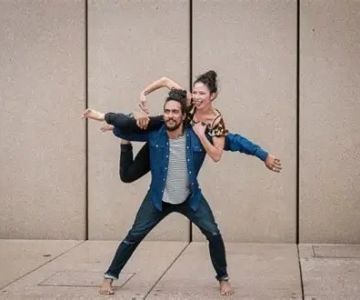

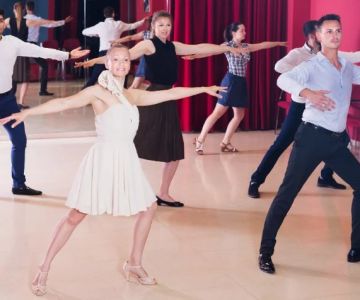
 Barrington Dance Academy5.0 (22 reviews)
Barrington Dance Academy5.0 (22 reviews)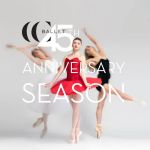 Canyon Concert Ballet4.0 (17 reviews)
Canyon Concert Ballet4.0 (17 reviews)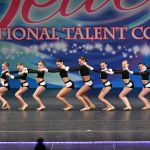 Big City Dance Center LLC4.0 (25 reviews)
Big City Dance Center LLC4.0 (25 reviews)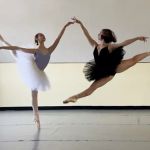 Tye Chua Dance & Kalamazoo Ballet5.0 (18 reviews)
Tye Chua Dance & Kalamazoo Ballet5.0 (18 reviews)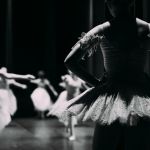 Fenton Ballet Theatre4.0 (24 reviews)
Fenton Ballet Theatre4.0 (24 reviews) Front Street Dance Center5.0 (7 reviews)
Front Street Dance Center5.0 (7 reviews) Are There Dances in Middle School? What Students and Parents Should Know
Are There Dances in Middle School? What Students and Parents Should Know How a Dance School in Instagram Builds Community and Success
How a Dance School in Instagram Builds Community and Success Why Do Schools Teach Square Dancing?
Why Do Schools Teach Square Dancing?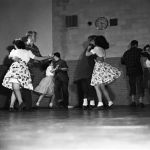 Why Was Square Dancing Taught in School?
Why Was Square Dancing Taught in School? Why Swing Dance Is Popular for Adults
Why Swing Dance Is Popular for Adults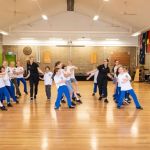 A School Dance: How to Prepare, Shine, and Make It Unforgettable
A School Dance: How to Prepare, Shine, and Make It Unforgettable